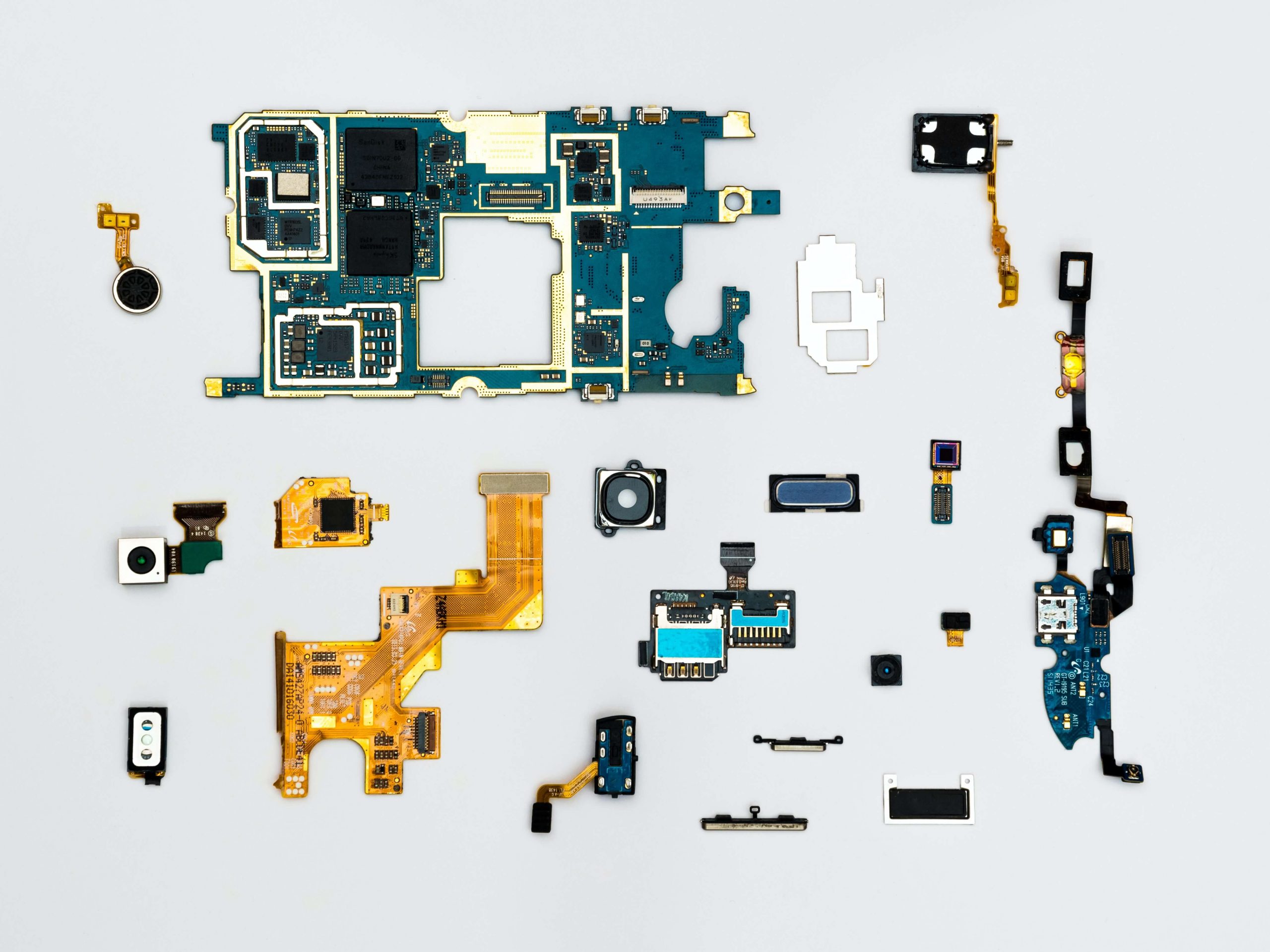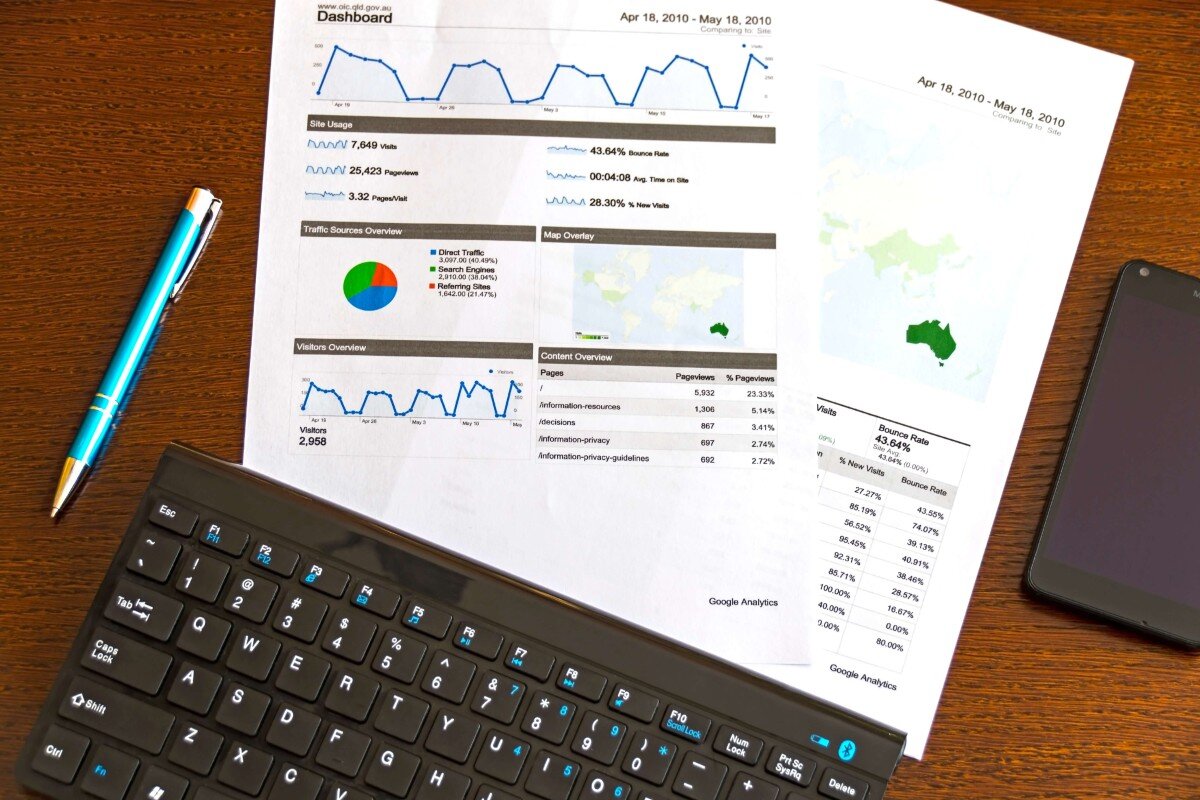Until 2003, there were only five billion gigabytes of data in the entire world. In 2011, that amount was generated in only two days, whereas nowadays, we generate over 2.5 quintillion gigabytes of data in only a day. With the continuous growth of data in the world, its usage evolved as well. Big data analytics is one of the most popular fields that deal with data. Through the different types of analytics, this field has been taking on the world. Almost every industry, from banking to government, healthcare, and retail, uses it to solve challenges and make better decisions.
To better understand the impact big data has on the world, let’s see what big data analytics is and what are its types.
What Is Big Data Analytics?
Big data analytics is a term that describes the process of using data to discover trends, patterns, and other correlations, as well as using them to make data-driven decisions.
Nowadays, a growing number of companies, including Netflix, Amazon, and Spotify, use big data analytics to uncover useful insights for their business.
Types of Big Data Analytics
There are four main types of big data analytics: diagnostic, descriptive, prescriptive, and predictive analytics. They use various tools for processes such as data mining, cleaning, integration, visualization, and many others, to improve the process of analyzing data and ensuring the company benefits from the data they gather.
Diagnostic analytics
Diagnostic analytics is one of the more advanced types of big data analytics that you can use to investigate data and content. Through this type of analytics, you use the insight gained to answer the question, “Why did it happen?”. So, by analyzing data, you can comprehend the reasons for certain behaviors and events related to the company you work for, their customers, employees, products, and more.
Let’s say there has been a drastic change in a product’s sale even though you have not made any marketing changes to it. You would use diagnostic analytics to identify this anomaly and find the casual relationship for such a change. Some tools and techniques used for such a task include: searching for patterns in the data sets, filtering the data, using probability theory, regression analysis, and more.
Diagnostic analytics benefits
The benefits of diagnostic analytics include a better understanding of your data and various ways to find the answers to company questions. This type of analytics enables businesses to understand their customers by using tools for searching, filtering, and comparing the data produced by individuals.
Descriptive analytics
Descriptive analytics is one of the most common forms of analytics that companies use to stay updated on current trends and the company’s operational performances. It is one of the first steps of analyzing raw data by performing simple mathematical operations and producing statements about samples and measurements. After you identify trends and insight with descriptive analytics, you can use the other types of analytics to learn more about what causes those trends.
You will need to use descriptive analytics when dealing with finance, production, and sales. Some tasks that require this type of analytics include the production of financial reports and metrics, surveys, social media initiatives, and other business-related assignments.
Descriptive analytics benefits
Descriptive analytics offers many benefits. One of its main benefits, however, is that it helps companies make sense of the large amounts of raw data they gather by focusing on the more critical areas. Descriptive analytics has changed the way companies do business. Nowadays, they use this type of analytics to understand their current business situation better in comparison to the past. It is a crucial step in data analytics, and without it, it would be impossible to anticipate any future trends or make data-driven decisions.
Prescriptive analytics
Prescriptive analytics takes the results from descriptive and predictive analysis and finds solutions for optimizing business practices through various simulations and techniques. It uses the insight from data to suggest what the best step forward would be for the company.
Google is one of the many companies that use this type of analytics. They made use of it when designing their self-driving cars. These cars analyze data in real-time and make decisions based on prescriptive analytics.
✅ Request information on BAU's programs TODAY!
Prescriptive analytics benefits
Some benefits of prescriptive analytics include improving processes, campaigns, strategies, production, and customer service. By using statistics and modeling, this type of analytics helps manufacturers better understand the market and anticipate its condition in the future. It also assists them in setting their priorities straight and seeing what course of action can lead to greater financial gains.
Predictive analytics
As the name suggests, this type of data analytics is all about making predictions about future outcomes based on insight from data. In order to get the best results, it uses many sophisticated predictive tools and models such as machine learning and statistical modeling.
Predictive analytics is one of the most widely used types of analytics today. The market size and shares are projected to reach $10.95 billion by 2022, growing at a 21% rate for six years.
Predictive analytics benefits
The main benefit of predictive analytics is the reliable and more accurate forecast of the future. Through the predictions made with this type of analytics, companies can find ways to save and earn money, manage shipping schedules, and stay on top of inventory requirements.
Using predictive analytics in the marketing department can help organizations attract new customers and retain the old ones. By analyzing the customer’s data or the current trends, companies can anticipate the customer’s needs.
Companies gather huge amounts of data every day, from their customers, employees, collaborators, and so on. But, that data is worth nothing if you do not know how to extract information from it. The biggest companies in the world are using big data analytics and its types to grow their businesses. Why shouldn’t you?











